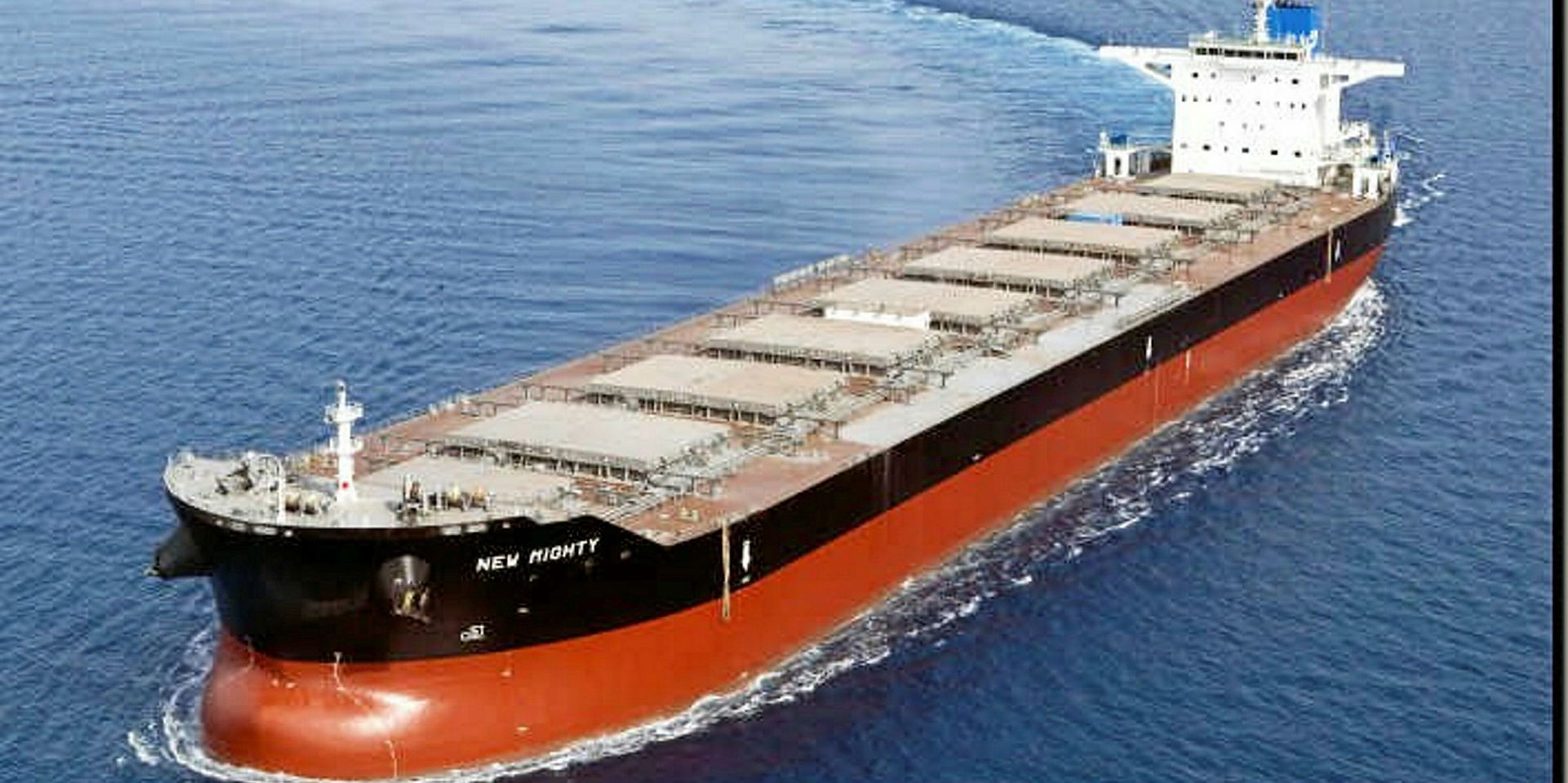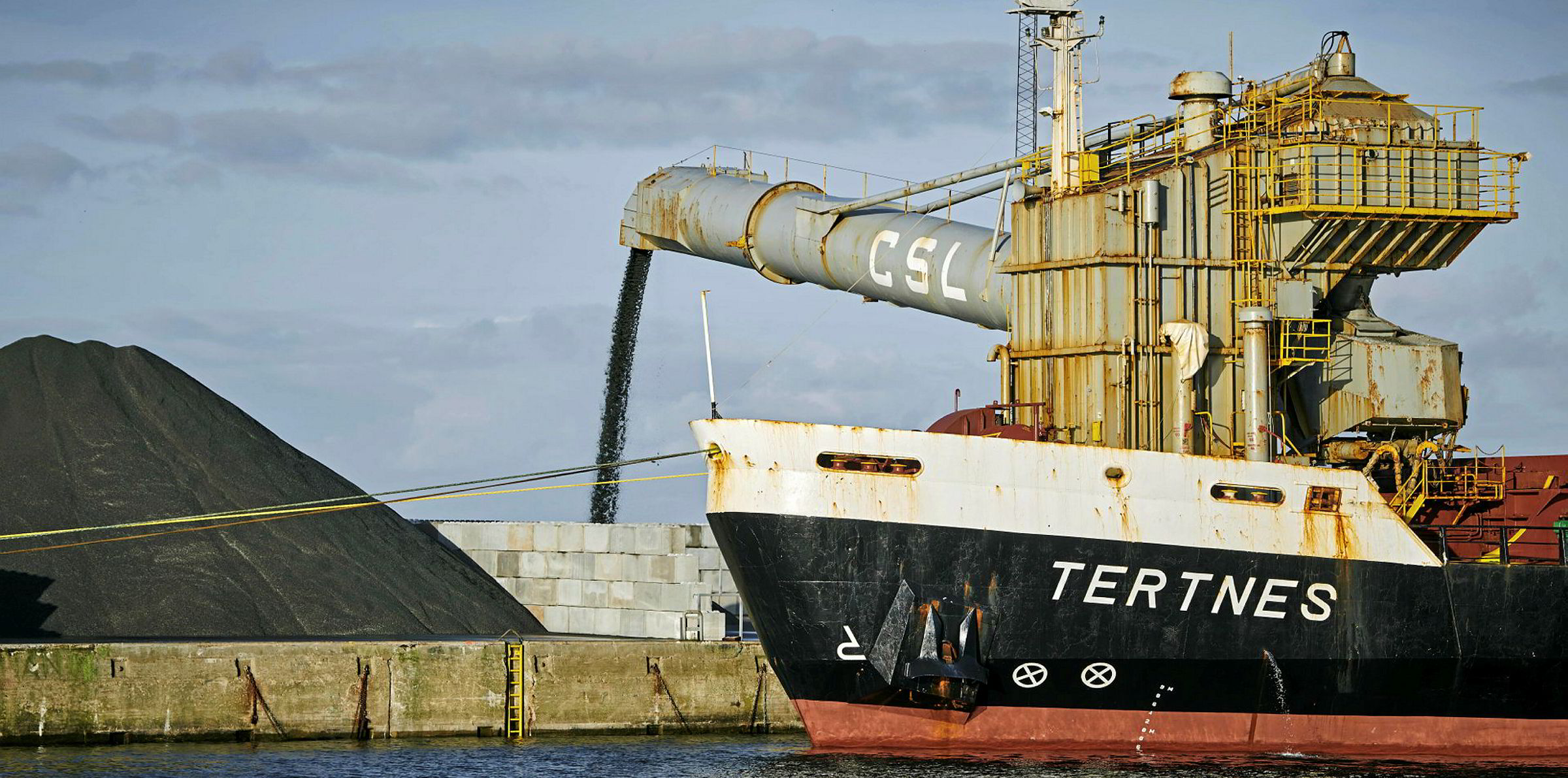Finnish bulker owner ESL Shipping is plotting new charters and bringing ships out of lay-up as demand picks up in the final quarter.
The Baltic Sea specialist has suffered this year from production capacity cuts in heavy industry as a result of the coronavirus pandemic.
The company's cargo volumes fell to 3.1m tonnes from 4.2m tonnes in the third quarter.
ESL reacted by laying up three of its vessels of above 10,000 dwt. It also terminated charters for smaller bulkers.
But volumes for its larger ships started to increase towards the end of September, driven mainly by the recovery of raw material transportation for the steel industry.
Two of the three laid-up vessels have returned to action.
The company said it will adapt its operations to meet demand by chartering in more smaller ships, but it could also layup some bigger ships again if the fleet balance needs to be adjusted.
"If the exceptional circumstances persist, there may be delays in vessel traffic and additional costs," ESL warned.
The final quarter of 2020 is expected to be "clearly profitable" as production stoppages end, however.
ESL's third quarter operating loss was €100,000 ($120,000), compared to profit of €4.4m a year ago.
The Aspo Group subsidiary saw revenue decline to €31.6m, down from €43.4m.
Aspo chief executive Aki Ojanen said: "In September, we estimated that ESL Shipping would produce a loss during the third quarter. However, industrial demand picked up towards the end of the review period, driving ESL Shipping’s results close to zero,"
Rapid recovery
The group saw signs of a rapid market recovery, especially for ESL.
"We reacted rapidly and determinedly to this spring’s market changes, and our businesses were able to serve their customers without any interruptions and to protect their financial performance," Ojanen said.
"However, it is obvious that, due to these exceptional circumstances, we will fall clearly short of our profit-making potential. This will especially be reflected in ESL Shipping’s results."
ESL had 48 ships up to supramax size at the end of the period, of which 24 were wholly owned. Total capacity was 454,000 dwt.






